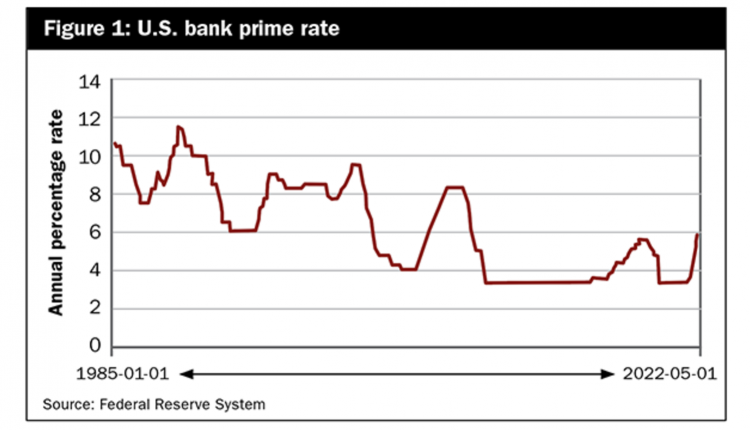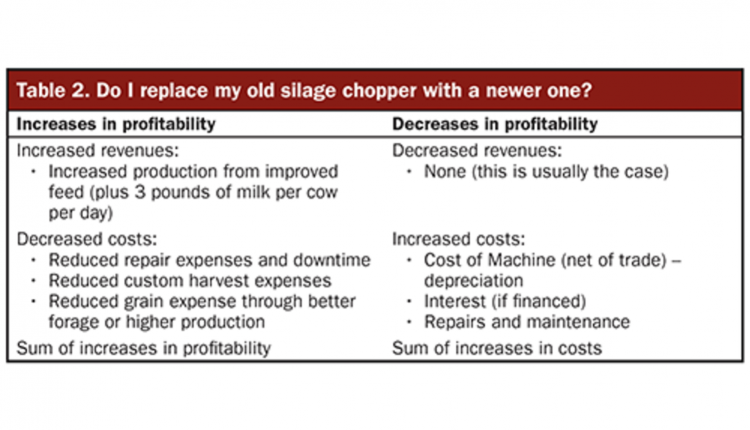The author is chief marketplace officer for Farm Credit East, ACA

In my previous column, “Keep an eye on the five major farm risks,” in the April 25, 2021, issue, I introduced the “five categories of risk” that farmers face:
1. Production risk
2. Marketing risk
3. Financial risk
4. Legal risk
5. Human risk
We discussed production risk — one of the most fundamental risks that producers face — and some of the actions that can be taken to mitigate this risk, including utilizing crop insurance and USDA’s Farm Service Agency programs.
In this article, let’s address risk No. 2: Marketing risk. For farmers who sell direct-to-consumer, this is a risk they face every day when they open their store and wonder, “Who will buy my products?”
For most dairy farms, however, this is a risk that is often overlooked because you may have a contract with a processor or dairy cooperative. The truck comes each day to pick up your milk like clockwork.
Is the problem solved?
Maybe, or maybe not.
In recent years, we’ve seen some producers be dropped by their milk buyers. Perhaps the processors were adjusting their supply to match the demand for their products, maybe trucking routes no longer made economic sense, or it could have been driven by some other reason. However, in any case, the result is that the producer needed to scramble to find a new buyer for their milk.
What’s your relationship?
Because of this, dairy producers should consider the stability of their relationship with their milk buyer. How secure are your buyer’s markets? Ultimately, that will have a big effect on their demand for your milk. How secure are their finances? If your milk buyer were to drop you, how readily could you find a new one?
Ultimately, most dairy farms rely heavily on their milk buyers, but there are a few things producers can do to make themselves more attractive. One is helping with logistics. Having tank or storage capacity can allow more flexibility regarding how often milk needs to be picked up on your farm. The ability to haul your own milk may be something worth considering. Working with neighboring farms or even knowing where other farms in your area are selling their milk may help in forming more economical trucking routes.
What about quality?
Another consideration is your milk itself. Lower somatic cell counts, higher components, or other value-added attributes may make your milk more desirable. Are there niche opportunities with specialty processors in your area seeking source-identified milk such as A2, non-GMO, or BST free?
While existing producers may find their options limited, any farm considering expansion should carefully consider their market. An early step in the process should be researching buyers and markets.
Does your current buyer want more milk? Are there other regional buyers in the market for your quantity and type of milk? Would expansion make you more (or less) attractive to your buyer? If possible, consider location. Locating near processing facilities or other producers on existing routes may give greater security.
We’ve talked about market risk for your milk, but what about your second source of revenue — cull cattle? COVID-19 restrictions put further stress on some slaughter facilities, so having several options may be a sound alternative. Other producers, who may have seen their milk production limited by their market, may have started a separate enterprise like dairy beef as a means to utilize excess roughages and avoid milk price penalties for over base production.
Grass-fed beef has found a home in some markets at a premium to the normal marketing channels. Similar to producing milk, you will need to know your cost of production and make sure you have a stable and secure market for this endeavor and all your farm enterprises.
Another market risk consideration is your input risk. More specifically, how secure is your feed supply?
Having facilities for adequate feed storage can give you more flexibility to buy or store your own production when supply is greatest and reduce your susceptibility to market fluctuations. For example, this could mean buying a year’s worth of high-moisture corn at harvest, grinding, and then storing on the farm. Having an adequate land base provides additional security in terms of ensuring sufficient feed and having sufficient resources for the appropriate use of manure.
Finally, don’t forget risk management programs that may help you lock in floors for pricing and markets. Programs such as Dairy Revenue Protection (DRP), Dairy Margin Coverage (DMC), and hedging are worth serious consideration. If you are unsure, go in steps rather than all at once. These programs rarely have minimum size contracts, and dollar-cost-averaging with several smaller market positions is a sound way to lock-in profitable returns.
Consult your crop insurance agent and FSA office for more information. These programs typically have substantial subsidies and may allow you to establish a floor at a profitable price, net of the premiums.











